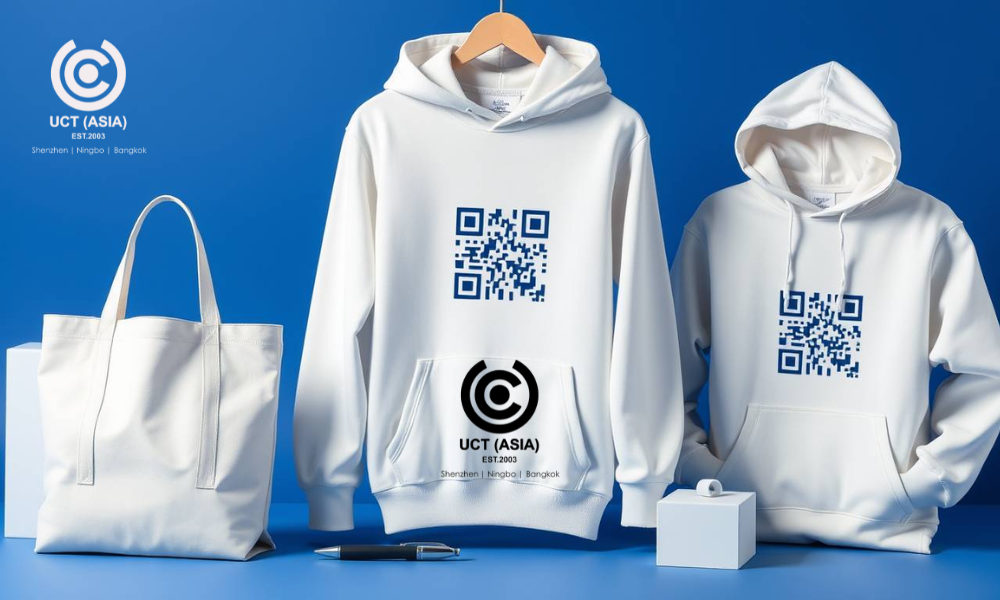Maximizing Impact: Creative Strategies for Designing and Selling Exhibition Merchandise

There is something almost theatrical about an exhibition. The lights, the chatter, the carefully curated booths—each one a miniature world, inviting passersby to step in. But what remains after the last visitor leaves?
Conversations fade, and business cards disappear into forgotten corners of wallets. What lingers is something tangible, something people can hold—a tote bag slung over a shoulder, a pen that finds a home in a desk drawer, a hoodie worn on a lazy Sunday.
When done right, merchandise doesn’t just represent a brand; it becomes part of daily life. But how do you design and sell exhibition merchandise people want to keep?
1. Understand the Audience First
No one wants another forgettable keychain. The best merchandise starts with the people who will receive it. What do they value? A tech-savvy crowd might appreciate tech accessories. A fashion-conscious audience might be drawn to limited-edition apparel—research matters. A well-chosen product speaks to the audience in a way no sales pitch ever could.
2. Design with Purpose
Merchandise should serve a function or spark an emotion. Think of items people will use, wear, or display. A well-designed tote bag at a book fair becomes a daily essential. A high-quality enamel pin at a pop culture event becomes a collector’s item. When a product has meaning, people keep it longer, and your brand stays in sight.
3. Leverage Limited Editions and Exclusivity
Scarcity creates demand. Limited-edition merchandise or exclusive event-only products encourage immediate action. Numbered prints, unique color variants, or VIP-only items turn ordinary merchandise into sought-after collectibles. The sense of exclusivity makes attendees feel like they are part of something special, increasing both sales and brand loyalty.


